- News
- Reviews
- Bikes
- Components
- Bar tape & grips
- Bottom brackets
- Brake & gear cables
- Brake & STI levers
- Brake pads & spares
- Brakes
- Cassettes & freewheels
- Chains
- Chainsets & chainrings
- Derailleurs - front
- Derailleurs - rear
- Forks
- Gear levers & shifters
- Groupsets
- Handlebars & extensions
- Headsets
- Hubs
- Inner tubes
- Pedals
- Quick releases & skewers
- Saddles
- Seatposts
- Stems
- Wheels
- Tyres
- Tubeless valves
- Accessories
- Accessories - misc
- Computer mounts
- Bags
- Bar ends
- Bike bags & cases
- Bottle cages
- Bottles
- Cameras
- Car racks
- Child seats
- Computers
- Glasses
- GPS units
- Helmets
- Lights - front
- Lights - rear
- Lights - sets
- Locks
- Mirrors
- Mudguards
- Racks
- Pumps & CO2 inflators
- Puncture kits
- Reflectives
- Smart watches
- Stands and racks
- Trailers
- Clothing
- Health, fitness and nutrition
- Tools and workshop
- Miscellaneous
- Buyers Guides
- Features
- Forum
- Recommends
- Podcast
 Roval Rapide CLX 3-2
Roval Rapide CLX 3-2Lighter, wider, more aero: which wheels work best for your type of riding?
This article includes paid promotion on behalf of Roval Components
Wheels are among the most important upgrades you can make to your bike with a huge influence on its performance and the way it rides, so we spoke to the experts at Roval to find out what we should consider when making our buying decisions.
Based in Morgan Hill, California, Roval is owned by Specialized but it is in many ways run as a separate brand.
We asked Chris Wehan of Roval’s product team and engineer Jeff Meyer whether road tubeless is the future, if aero gravel is The Next Big Thing, and whether they’d be able to settle the aerodynamics versus lightweight debate once and for all.
Here’s what we found out…
When should I choose light wheels, when should I go for aero?
Lightweight or aero? It’s a question road riders often ask themselves regarding various components as well as complete bikes. When it comes to wheels, Roval last year launched the Rapide CLX (below), which it bills as “the fastest all-round road wheels in the world”, and the Alpinist CLX, which is the lightest road clincher wheel it has ever made, plus the more accessible Alpinist CL. If you have the choice, which direction should you jump?
“If you're racing, unless it's a mostly uphill race, it’s going to be an aerodynamic wheel every time,” says Chris. “If you look purely at the numbers, the discussion is easy. Every wind tunnel test and all the modelling anybody's ever done tells you that aerodynamics wins.”
Jeff adds, “If you're riding in a pack, maybe aero is less important and you can go with the Alpinist. Anytime that you're leading, you’re solo, or it's flat, the Rapide is going to be the wheel for you.”
That’s clear enough, but things aren’t so straightforward if you’re not racing.
“If you're just going out for a ride, choose the wheel that feels best – and from some of the testing we've done, lighter weight tends to feel better,” says Chris.
“You can have a lightweight wheel like Alpinist, or a really aerodynamic, fast wheel with a lot of stability like Rapide, but there are nuances to how a wheel rides and how you feel on the bike that are important to you as a rider.
“There’s the stability, how it feels spinning versus that snappy feel of a light wheel, so while you can look at a particular ride and say what is the absolute best wheel from a pure aerodynamics/performance standpoint, it's important for the rider to also look at what experience they want to have, and what’s the best wheel to provide that.
“Personally, 80% of the rides I do are mostly flat, but I love riding the Alpinist. I love the feel of a lightweight wheel, the way it handles, the way it looks… When I accelerate I just love the feel of a light bike, and the snap you get, so I hesitate to say there's one right choice for any rider.”
So Roval’s pro riders must all race on Rapide aero wheels, right?
Roval provides the wheels for top-level WorldTeams Deceuninck–Quick-Step and Bora–Hansgrohe – teams that also ride on Specialized bikes, not surprisingly. Brands often tell us that they use the teams to help develop products that ultimately come to market. We wanted to know if that’s really how it works, or whether it’s just a PR cliché.
“Yes, we give them samples ahead of the season,” says Jeff. “Even if it's pre-production samples, they'll try them out and let us know what they think.”
Chris says, “We take feedback from the teams. Jeff and the engineering team might work on a new layup, different spokes, different spoke counts, and the teams will ride it. Sometimes they'll revert to the first wheel we sent them!”
We were curious to know exactly how the relationship works between a brand and the team when it comes to choosing products for particular circumstances. Who ultimately decides which wheels to use?
“We have recently presented the teams with a grid showing that these bikes and these wheels are best for this situation, but it comes back to perceptions versus reality and how they feel on race day," says Jeff. “If a rider feels really good on something, that's probably what's going to lead them to success.
“With the pro teams on the road, there’s a set time when they want to engage and learn, but then during the middle part of the season they just want to go out and ride and do their job. It’s the same thing working with mountain bikers, giving them data and answering their questions. It’s always better if it’s a two-way street.”
Chris says, “We do a lot of modelling for pro race teams. You can tell them that aerodynamic wheels are best and that's what they should ride, but they don't always ride the most aero wheels or the most aero bike. They also consider the nuances of field experience on a particular day.
“The way we try to work with the teams is: here’s the data, here's the information we have, here are the situations that make the most sense to us, here's how we would use it. They look at the data and ask questions.
“We don't tell the team what to do, what wheels to ride, or what bikes to ride. They have to feel comfortable with it. On race day they decide what they want to go to battle with.
“Sometimes that's not the best solution in terms of the numbers, but their emotions and their mental state are as important as that little bit of aerodynamics that they may get on the wheel, or the reduced weight… and sometimes they just want the new thing!”
They’re a lot like the rest of us in that respect, then!
Wheel stiffness: it’s all about the sweet spot!
With a long-term move towards larger tyres on the road and an ever-growing gravel market, we hear a lot about wider wheel rims. As riders, what should we be considering when it comes to rim width?
“It comes down to what tyres you're going to be riding the most,” says Jeff. “Based on our wind tunnel testing, if you're going to be riding 26mm and 28mm tyres, a 21mm internal width is great, but if you're going to be using something bigger – into the upper 30s – then you want to go up to a larger internal width.
“When we did field testing on what determines the best road feel and handling, weight was the number one factor and lower stiffness felt good. The other factor we were considering was internal width. That was lowest on the scale, but stiffness and width are related; rim width drives stiffness a lot.”
So high stiffness isn't the best thing, even on a wheel designed for speed?
“One of the things that we found in the testing that Jeff has done is that there’s a nice sweet spot where you have a whole system working together,” says Chris. “If it’s too harsh and too stiff you're going to get a lot of road buzz, and you also get pushed off your line a lot; the wheel isn’t going to adjust based on the surface – that’s especially critical for mountain bike riding, but also on road.
“If it's too flexible, you lose that positive connection and don’t feel you’re connected to the road, but people do seem to prefer lower stiffness.”
Gravel wheels: there’s much more to get right!
The Alpinist CLX and Rapide CLX wheels have got most of the coverage for Roval over the past few months but the team is still most proud of the Terra gravel wheels, launched towards the end of 2019, partly because there’s more to consider when it comes to gravel.
Get all the tech details on the Roval Terra gravel wheels here
“Anything that has Roval on it starts with a charter of what we want to accomplish, and then ultimately we test to that,” says Jeff. “What goes on in between can be really detailed!”
“For Terra, we wanted a tubeless setup and gravel durability. The number one thing was impact testing considering the kind of obstacles you might see on a trail. We invented this impact test that includes our mountain bike striker [a shaped mass that is used to test the wheel’s ability to handle impact].
“We also spent a long time doing tyre installs, first testing, rapid deflation testing, CT scanning, modifying different tyre bed diameters… We had to get to the point where we had a floor pump tubeless setup, and if the tyre punctured it would stay on the rim, and we wanted it to be easy to get the tyre off the rim when required. We also used a field study to determine stiffness and internal width.
Chris adds, “Our Terra line has had some of the most detailed engineering and thought around it of anything out there. The amount of time and energy we spent making sure we got Terra right was huge. We put many tyres from multiple manufacturers on the rim to find out how easy it was, how quickly they inflated… We had a spreadsheet of qualitative and quantitive feedback meaning we could then look at adjusting the design so the rider could have the confidence their tyre would stay on.
“Also, it allowed us to make sure that putting the tyre on would be a good experience. There are so many great things about tubeless technology but installing a tyre isn’t one of them!”
Aerodynamic gravel wheels? It’s a definite maybe
Another subject that we’re hearing more about these days is aerodynamics within the gravel market. The 3T Exploro aero gravel bike has been around for several years, for example, Ridley launched the Kanzo Fast last year, and Hunt introduced 42mm deep Limitless gravel wheels with the promise of “maximum aerodynamic benefit” back in October. We wanted to get Roval’s take on aerodynamics in the gravel sector.
“We haven't been done much wind tunnel testing on gravel tyre sizes, but we know that a huge tyre out front with all the knobs and tread isn’t going to allow you to have that same aerodynamic attachment that you have on smaller sized tyres,” says Jeff.
So does that mean that Roval won’t be introducing aero gravel wheels any time soon?
“We want to understand aerodynamics as it relates to gravel, but it’s not just about aerodynamics, it's about all-round performance,” says Chris. “If you study gravel wheels at 50 km/h (31mph), sure, you’ll see a benefit to aero wheels, but when you look at the speeds people are actually riding on a gravel road or trail, what is going to make them faster? Aerodynamics is just one factor.
“How do you make the gravel rider have a better experience, and does that mean improved aerodynamics? Lower weight? Better ride quality?
“Right now we are sceptical of a huge benefit from aerodynamics in gravel. That’s not to say there’s not one. We’ll certainly use aerodynamics as a data point when we develop the next generation of our gravel wheels.”
Road tubeless: it’s still the future
When Roval announced the Alpinist CLX and Rapide CLX wheels, a lot of people were surprised that they weren’t tubeless compatible because that’s the way the road bike world has been moving.
“When we're looking at new wheels, we have a whole bunch of factors we're trying to address – aerodynamics, weight, ride quality, stiffness, durability – and tubeless was a feature that we had on the list,” says Chris.
“As we were going through development we got to a decision point: if we keep pursuing tubeless it is going to negatively affect other elements that we believe benefit the rider to a greater degree. The best way we could develop those other elements was with a tube-type wheel. It was a really hard decision because the industry is going tubeless, but we made it based on what's going to give the rider the best experience.”
So tubeless is still central to Roval’s future?
“Oh yes, the rest of our line is tubeless: the Terras, all our mountain and gravel wheels, and some elements of road,” says Chris. “When we get to the point where we have engineered a solution that we think adds value to those wheels by putting tubeless there, we will absolutely do it.”
Greater resources = more benefits
Although it is in many ways a standalone brand within Specialized, Roval enjoys certain benefits courtesy of being part of one of the world’s biggest bike companies.
“One advantage is the materials and technology available to us,” Jeff says. “We had an aerospace company visiting us – because they're big cyclist geeks – and we were taking them around our composites lab and talking about the material we’ve started using. They were shocked that we had it because even they haven’t had access to it.
“We really collaborate with our suppliers and that allows us to push the limits of manufacturing and materials. One or two suppliers, in particular, will try things out when we ask, which is great because it’s not worth it if we do all the work in the Morgan Hill lab [California, where Specialized/Roval is based] and then the supplier can't do it.
“We benefit from lab technology too, and we have a huge machine shop and composites shop. We also have resources like a CT scanner. That’s the only way you can see how an inflated tyre fits into a wheel, unless you're going to make a clear rim that won’t have the material properties of a real wheel. This also allows us to look at defects, voids, or failure modes to understand how cracks are propagating through material.
“We also have people with years of experience. This lets us use those tools effectively and then drive decisions.
“When we developed the Rapide, the front wheel especially, we had 100 and some different iterations produced by one of our computers. That's certainly more than I could create, and they were more meaningful than I could create.
“We locked down what we wanted, input that into the machine, it gave us shapes, we considered which ones were manufacturable, which ones were strong, and then ultimately prototyped them so we could validate them in the wind tunnel before going to manufacturing. That was a small part of the project, but an important first step.”
The Roval team can also collaborate with other product teams within Specialized on the development of products. They can talk with the tyre team about what rim shapes are coming out, for example, and how new designs will match up in terms of aerodynamics.
“We’re able to partner with our teammates on the advanced R&D side of Specialized, for modelling and things like that,” says Chris.
“Being part of Specialized we have access to multiple WorldTour and cross country mountain bike teams, and the feedback you get from those riders is of huge value. It is so much more collaborative because Specialized has built those relationships over the years versus just being a wheel brand coming in.
“Being one of the largest wheel brands, we're able to integrate with component brands too. As an example, we do a lot of hubs with DT Swiss, and most of our wheels are built with their spokes and nipples. The access our engineering team has to talk about issues, to look at different possibilities, is just huge. This isn’t something that the rider ever sees – nor should they – but it directly benefits them through what they are getting.”
What’s coming next?
What can we expect from wheels in the future? They can’t keep getting lighter and more aero forever.
“We’re looking at greener materials. How do you get your bicycles and wheels to be carbon neutral – not just the materials but our packaging, and the way we ship them,” says Chris.
“The green wheel is on our project list. You don't know it yet, but we're talking about it.”
And in the meantime?
“We’re getting close to the limits of the materials that we’re using in terms of strength and being able to manufacture rims consistently with the stiffness we need,” says Chris.
“After the engineering that Jeff and the team did with Alpinist, there’s not a lot left there! We're using some of the best materials in the industry. It’s not like wheels are going to get 100g lighter anymore.
“From an aerodynamics point of view, people are already making some very good wheels, and we’ve done some great work with the Rapide around stability and making an aero wheel ride and handle well.
“At the highest end there will always be small improvements, but there are more opportunities to enable us to bring great carbon products to more riders at lower price points. How do we get a $1,000 wheel to more riders? We need to get really good at durability and consistency of manufacturing so that we can deliver the rider a product that always meets their expectations at lower prices.”
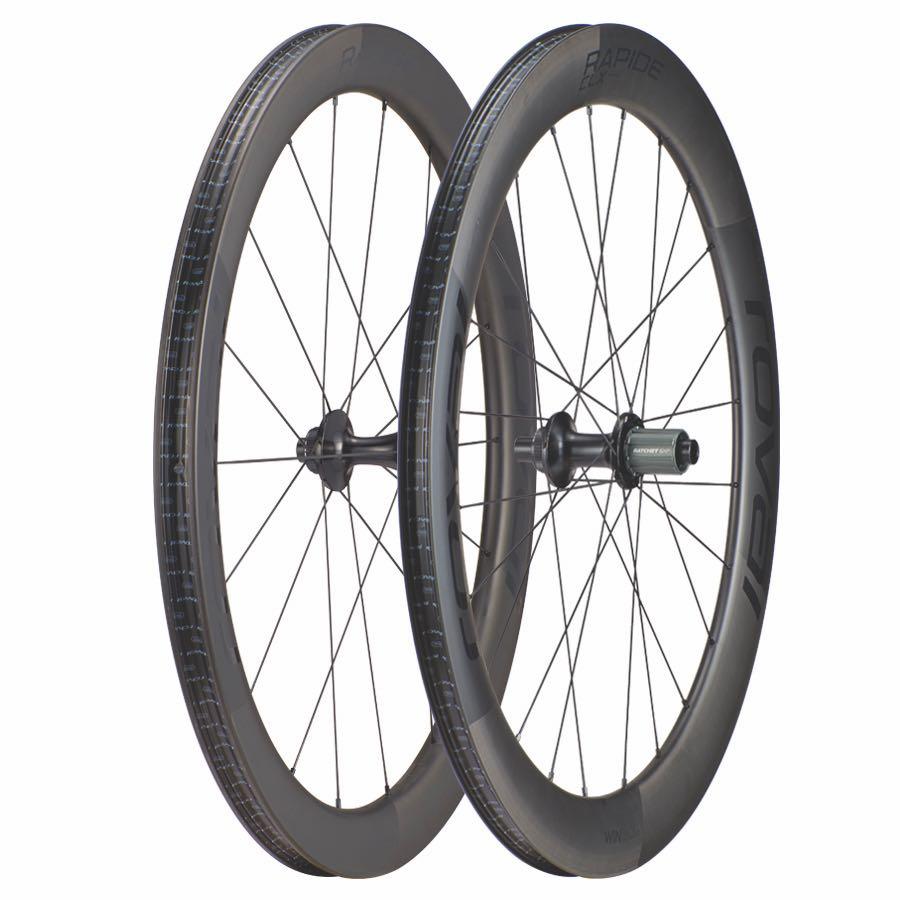
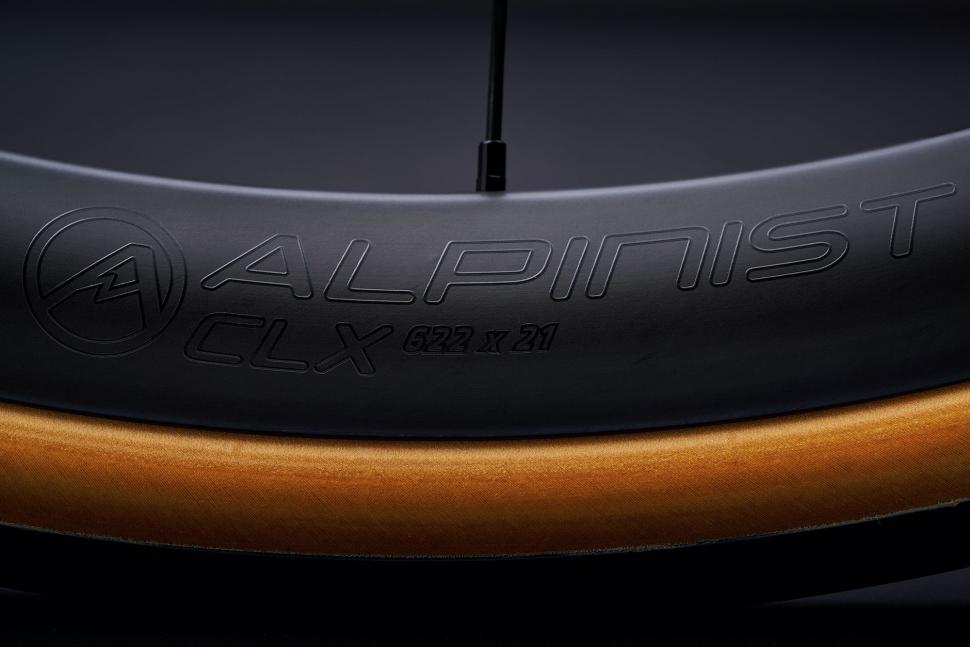
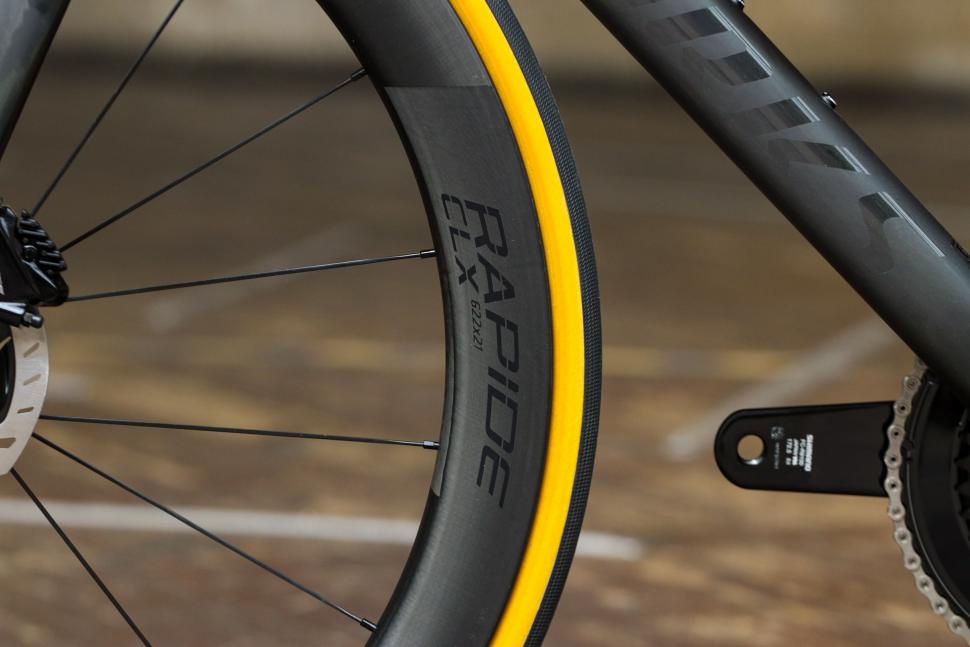
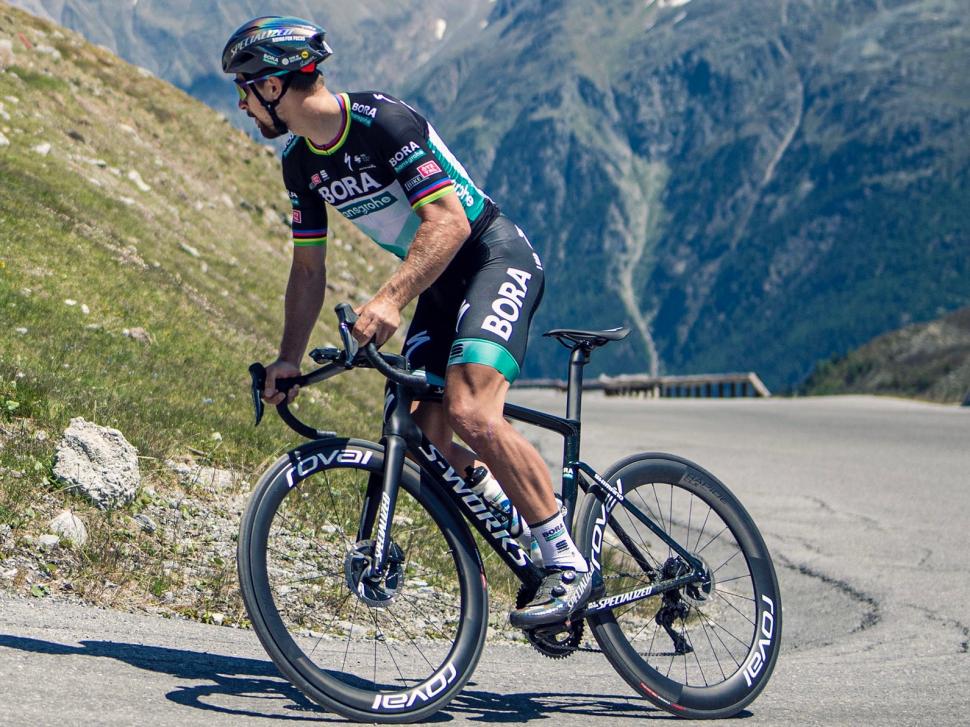
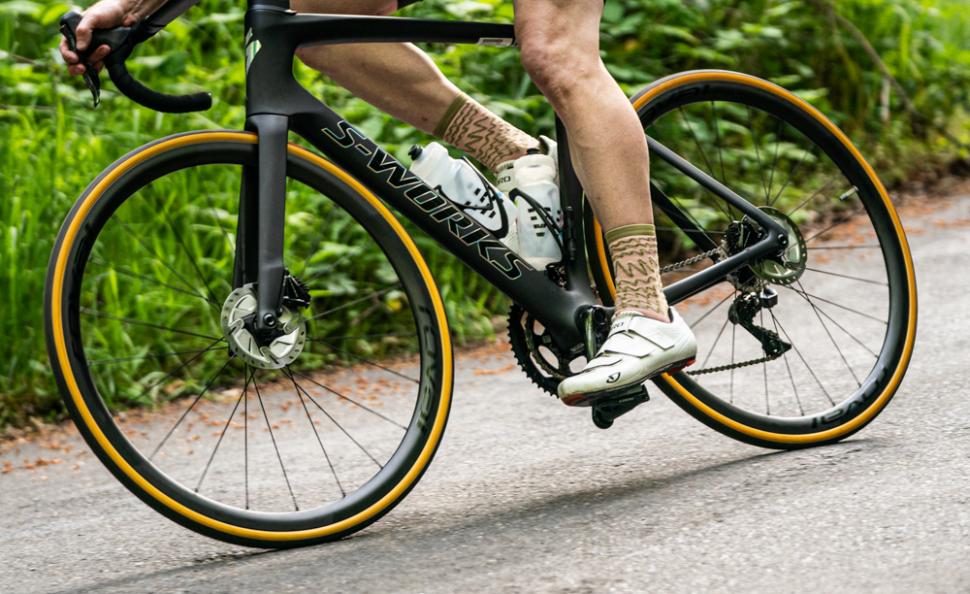

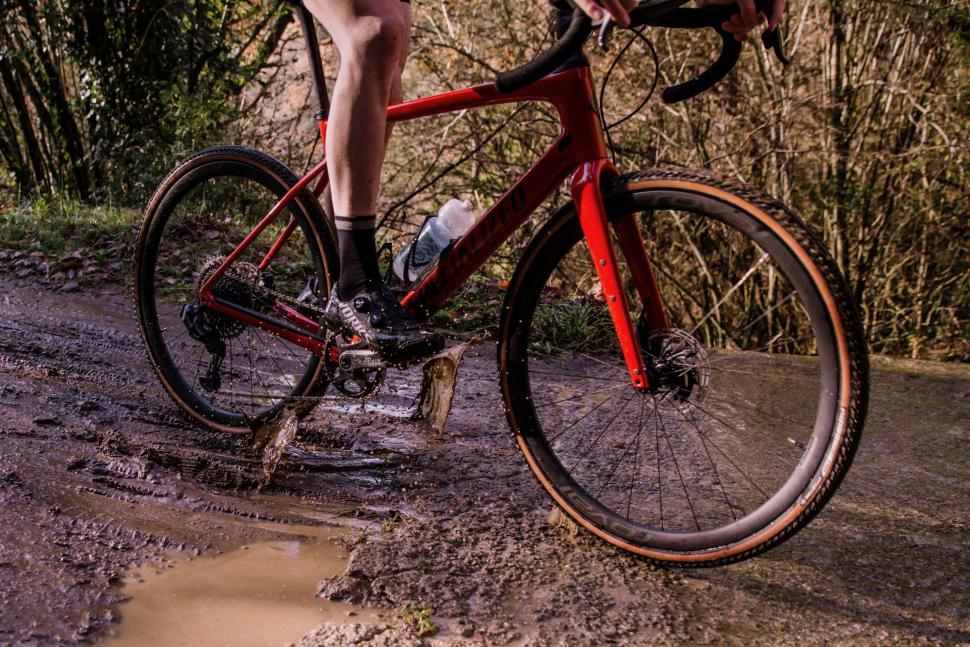

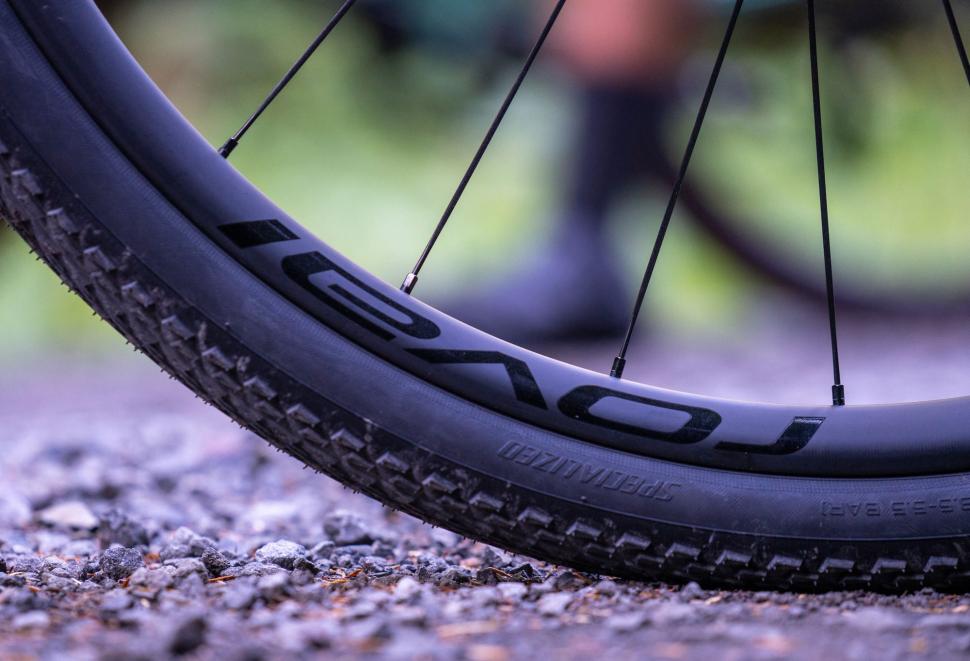


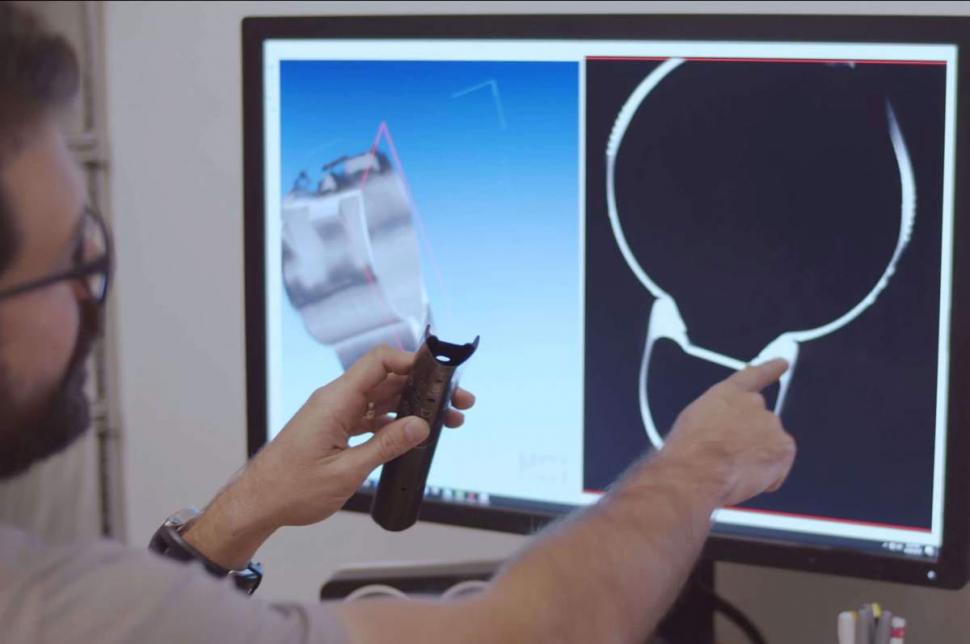
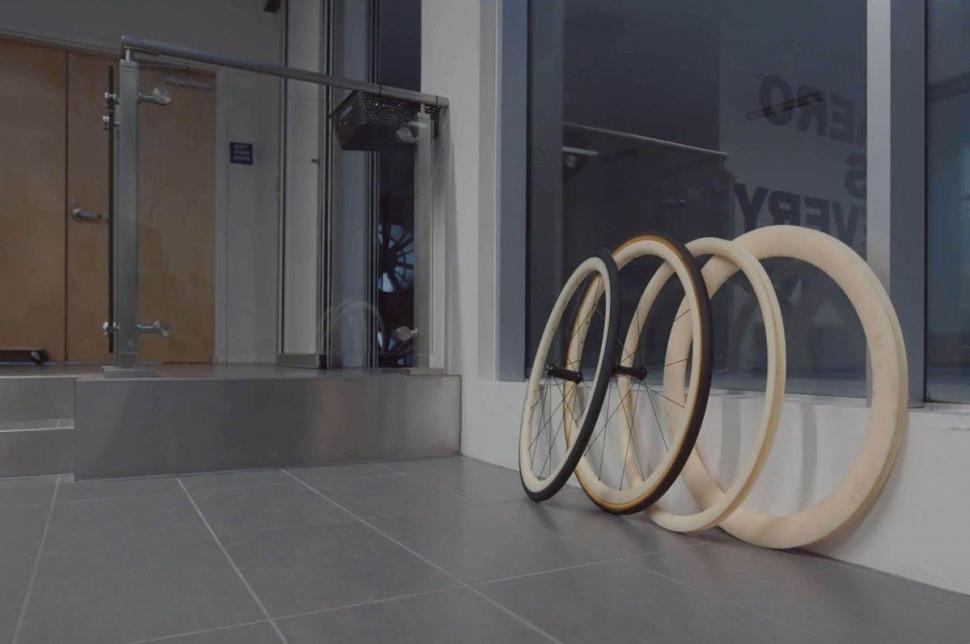
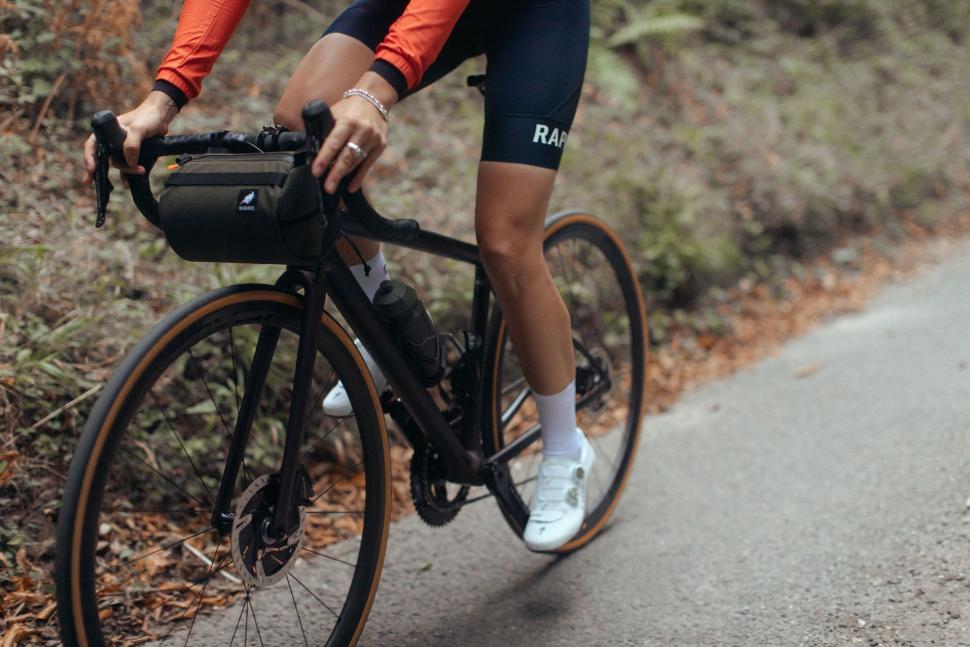

Double-cab pickup trucks are practically without exception driven by knuckle-dragging 'roidal psychos. Extra points for a stupid name such as...
I imagine he could do fine on a Raleigh Chopper
The solid disc front wheel on a fixie was quite common in London for people who played bike polo a few years back (to stop the ball jamming the...
Agreed- or, in simpler terms, the 'campaigners' are tossers who should be ignored or, which would lead to rather less faffing about, fobbed off...
Being pedantic - how far do you want to go back? Far enough and the answer was "all of them, and all the ones done in cars as well ... only people...
There should be an organisation that helps in retrieving lost or stolen bikes! Kinda like the police, but only for bikes. That would be a good...
Not sure if I missed it but I didn't see anything about aero gains, weight savings and they didn't look that "cool" either???...
As Ranty Highwayman says, an eight minute presentation of everything that is wrong with UK highway design, starting from the premise that...
I can see you've had a look at the Inverness Tourist Board Facebook page...
The Police Scotland Digital Evidence Sharing Platform being rolled out will not make it any easier to report incidents, it simply allows an...